The most controversial cup test, Kopi Luwak and Rosa Coffee
Follow the caf é (Wechat official account vdailycom) and found that Beautiful Cafe opened a small shop of its own.
The coffee roaster / retailer The Temple Coffee team from Sacramento in the central United States specially organized a cup test event-Kopi luwak (civet coffee) VS. Rosa Coffee tests people's perceptions of the two coffees, both of which are the most famous on the market.
The following is the activity process described by Temple Coffee trainer Cole Cuchna
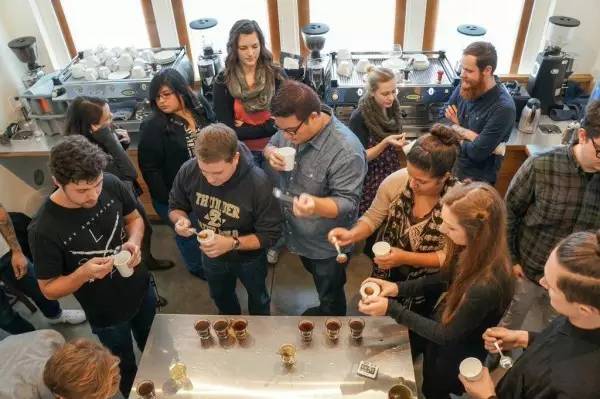
The public cupping at Temple Coffee. All photos courtesy of Temple Coffee.
One of our coffee dealers went to Bali recently and brought us a bag of kopi luwak,a.k.a civet coffeee, commonly known as Kopi Luwak.
The attractiveness of this extremely expensive coffee has nothing to do with the altitude of the climate in which it grows, and has nothing to do with the genes of its coffee tree species, but from its special treatment. The civet eats coffee fruit, which is fermented in the cat's digestive system and then excreted in its feces.
In the coffee industry, civet coffee is a kind of market hype which is the basic consensus. It has no cup test quality characteristics, has nothing to do with the growing environment of coffee, can not talk about treatment technology and tradition, and does not need the requirements of coffee tree species. But it has a mysterious color that attracts a lot of people. Because civet coffee is not only a kind of coffee, it is a story, whether good or bad, right or wrong, it is a topic that people talk about.
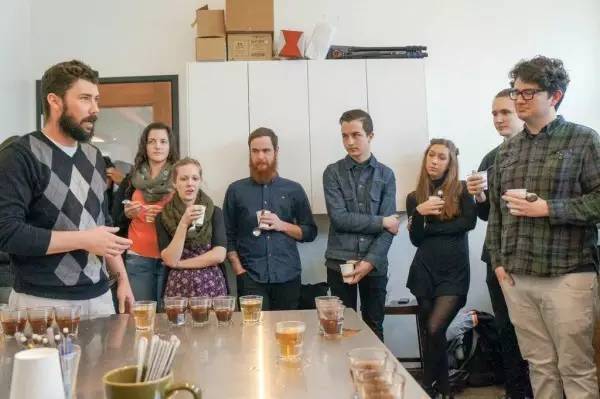
Ironically, many coffee connoisseurs think highly of this marketing method: good coffee must be expensive, and good coffee must be the coffee that people often talk about. Of course, we can also use this concept to discuss rose summer coffee, rose summer coffee as a rare coffee variety has the quality recognized by experts, it also has a sense of mystery and legendary.
At the same time, there are few opportunities to compare and test the two coffees, and the best way is to let the participants evaluate it. Is Rose Summer really that good? Is Kopi Luwak really that bad? How do the two compare with typical boutique coffee? To answer these questions, we arranged a set of tests for coffee including: Kenya Gichuka, Kopi Luwak (Kopi Luwak), Costa Rican Honey processing, Guatemala Rose Summer, Panama Emerald Manor Rose Summer.
More than 20 people participated in the activity, and the test was, of course, a blind test. The process is simple: try each kind of coffee, take notes, choose your favorite coffee, and we even complain that everyone has a Kopi Luwak, whether you like it or not.
During the event, I knew the exact location of Kopi Luwak, and I kept an eye on the faces of people when they tried it.
After the test, vote by a show of hands to find out everyone's favorite coffee.
When we pointed to Kopi Luwak to ask members to vote, no one raised their hands, zero.
When we pointed to Rose Summer, half of them raised their hands.
It seems that the showdown between Kopi Luwak and Rosa Coffee is one-sided.
I ask you to describe Kopi Luwak.
It smells stale and musty.
"weird".
"like BBQ sauce".
"Dinosaur droppings in the bathtub" (Washington Post food writer Tim Carman's comment).
Obviously, cat shit coffee alone is not worth its high price in terms of quality and taste.
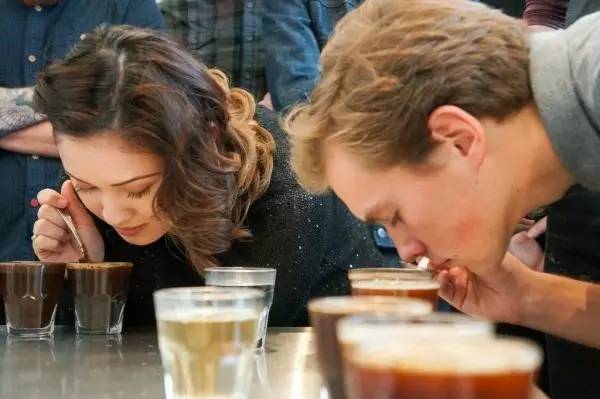
The taste of emerald rosy summer is active in taste, vitality, flower, fruit and so on. My humble opinion: drinking good coffee like Rosa is worth every penny. Our conclusion is that the quality of coffee represents everything, and it can create a myth or break a myth.
Important Notice :
前街咖啡 FrontStreet Coffee has moved to new addredd:
FrontStreet Coffee Address: 315,Donghua East Road,GuangZhou
Tel:020 38364473
- Prev
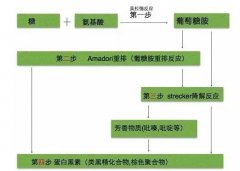
Baking basic science, browning reaction non-enzymatic browning
Following Cafe Review (official Wechat account vdailycom) found that non-enzymatic browning of Beautiful Cafe opening a small shop of its own is different from enzymatic browning. Non-enzymatic browning reactions do not require enzymes, but their reactions require heat, sugars and amino acids. There are two non-enzymatic browning reactions related to coffee roasting: caramelization (caramelization recation) and Maillard reaction.
- Next
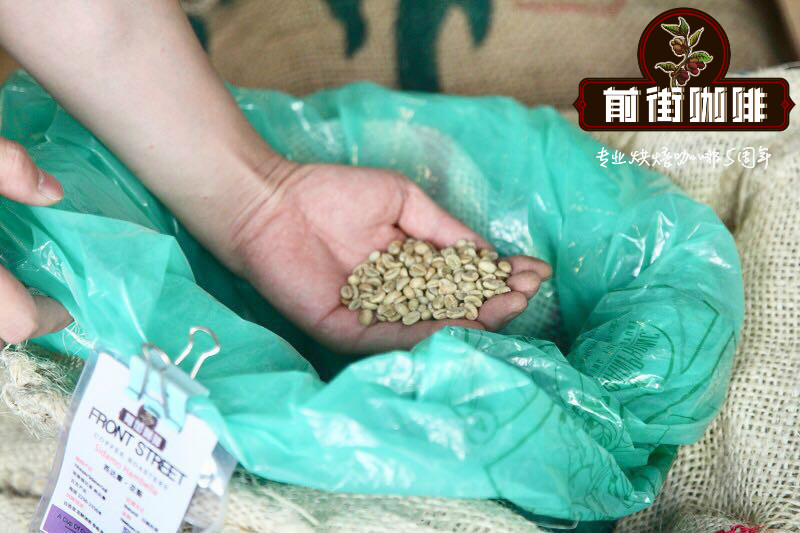
Do you really know anything about coffee from micro-batches?
A friend of mine in the coffee industry, named Alex, pays close attention to the interests of coffee people in the industry chain during the arduous process of finding beans for customers. of course, the environmental protection of coffee origin is also one of her concerns. In the past few years, we have been discussing the bean-hunting model with coffee bean quality as the core and the beneficial role of promoting micro-batch coffee of origin to promote and consolidate the development of the coffee industry.
Related
- Beginners will see the "Coffee pull flower" guide!
- What is the difference between ice blog purified milk and ordinary milk coffee?
- Why is the Philippines the largest producer of crops in Liberia?
- For coffee extraction, should the fine powder be retained?
- How does extracted espresso fill pressed powder? How much strength does it take to press the powder?
- How to make jasmine cold extract coffee? Is the jasmine + latte good?
- Will this little toy really make the coffee taste better? How does Lily Drip affect coffee extraction?
- Will the action of slapping the filter cup also affect coffee extraction?
- What's the difference between powder-to-water ratio and powder-to-liquid ratio?
- What is the Ethiopian local species? What does it have to do with Heirloom native species?

